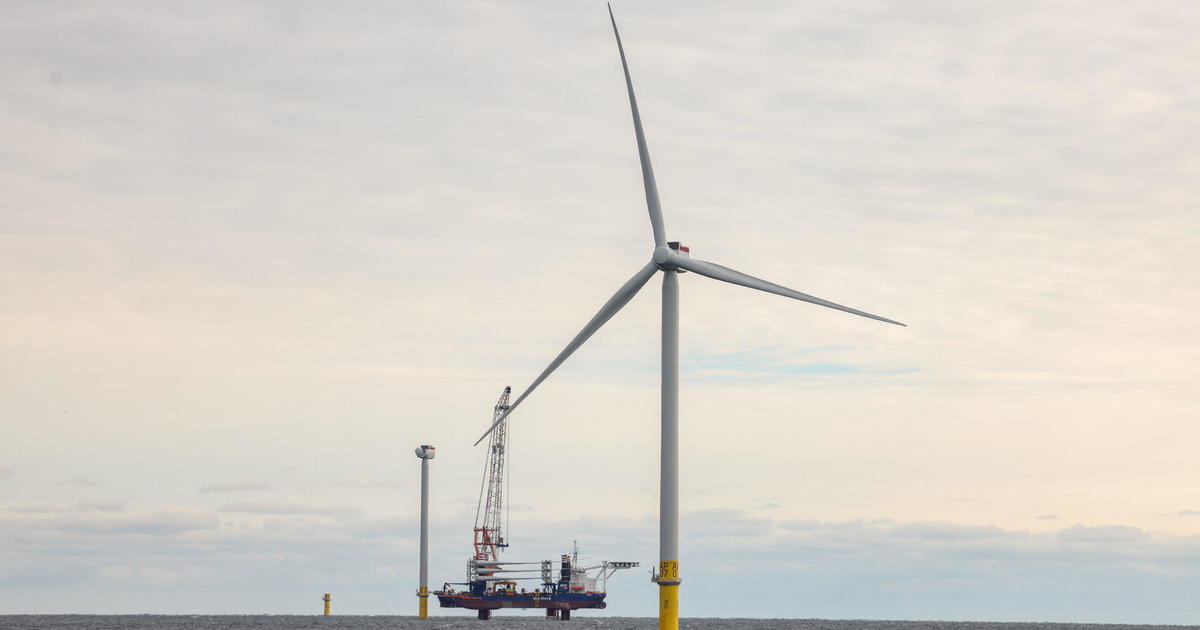Long Island, New York — Thirty-five miles off the coast of Long Island, an 800-foot tall wind turbine made history this month as the first offshore turbine to provide power to a U.S. grid.
The power from the first turbine at the South Fork Wind Farm to become operational travels through an undersea cable and underneath a beach, where it then connects to New York state’s electricity grid.
David Hardy, CEO of Ørsted Americas — the company building New York’s first offshore wind farm — describes the cable as a “78-mile extension cord.”
When complete, South Fork’s 12 turbines will generate 132 megawatts of power.
“For those that don’t speak energy that’s 70,000 homes,” Hardy said. “This is a first. This is a milestone.”
Roughly two dozen other offshore wind farms were planned along the East Coast to generate clean power to replace dirty fossil fuels.
“You’ve got some of the best winds in the world here,” Hardy said.
One such project near Massachusetts’ Martha’s Vineyard is about to come online. However, inflation, rising interest rates and supply chain issues have now made several others too expensive to build. Ørsted canceled two wind farms off the New Jersey coast and is reconsidering two others.
“Probably in some ways we were too optimistic on some things,” Hardy said. “We got caught on the wrong end of some of these macro trends.”
The projects were key to President Biden’s goal of 30 gigawatts of offshore wind power by 2030, enough to power more than 10 million homes. Analysts now predict the industry will build less than half that, according to Bloomberg.
“We still see a large growth opportunity for offshore wind over the long term,” said Timothy Fox, vice president of Clearview Energy Partners. “It’s just, its trajectory is going to be on a longer and flatter incline than I think first envisioned by a lot of the East Coast states.”
Hardy says building an industry this complex is not easy, but it’s essential to a clean energy future.
“We’re just at the beginning of something that could be really, really big, and needs to be successful,” Hardy said.


